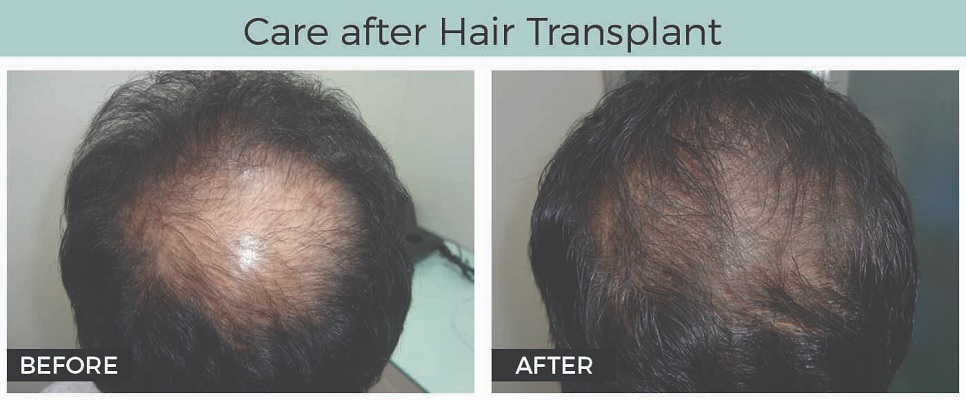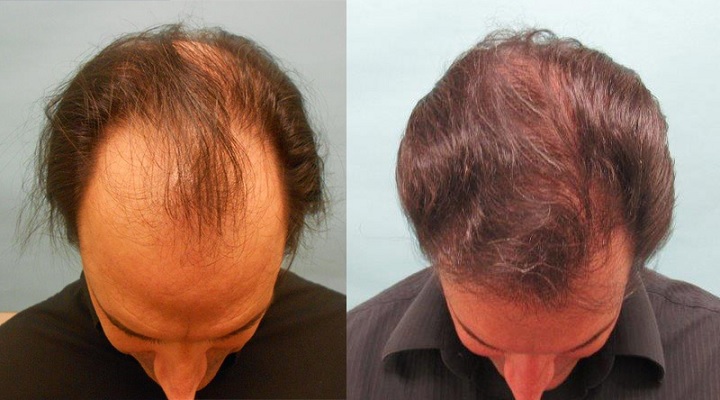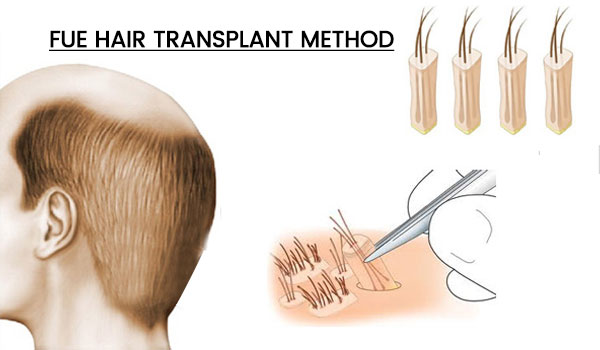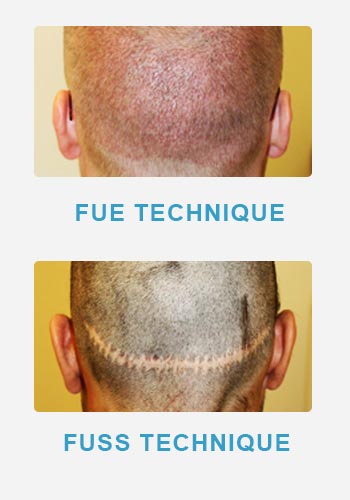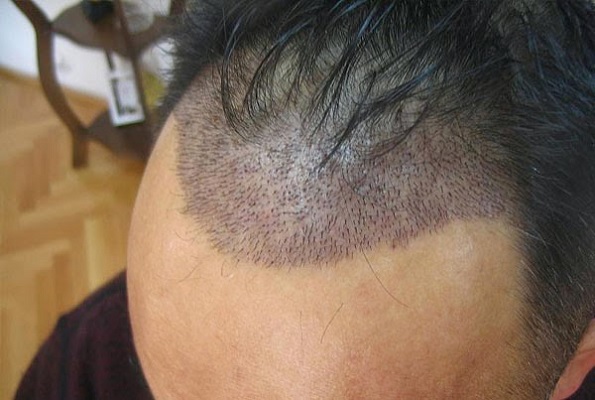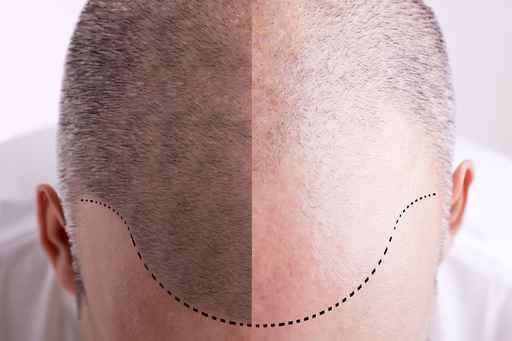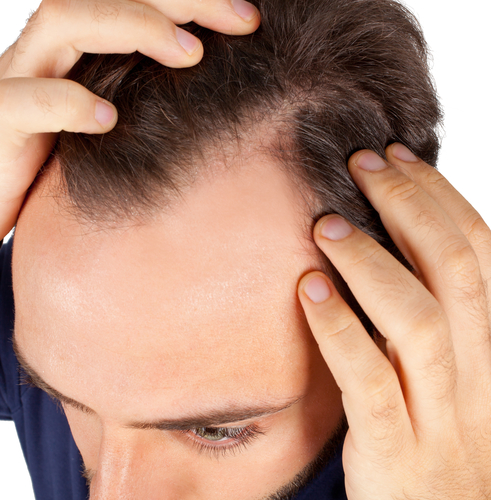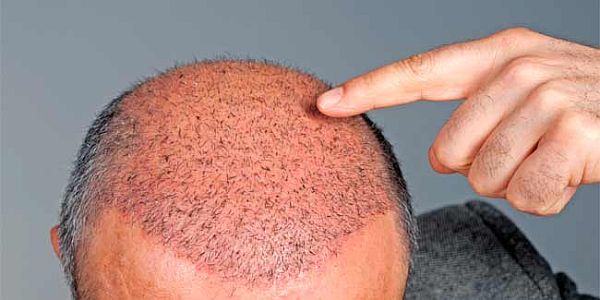One of the doubts that many of our patients have before having a hair transplant in Delhi is that they want to know what care they need after the surgery.
From Man we want to help you solve doubts and guide you on what you should do to recover, as well as the actions you should not perform, since this could have negative consequences in the intervened area.
During the first 24 hours:
Bandage: After the operation, a tight bandage will be placed to avoid the formation of edema as much as possible. If the bandage moves, it is important not to try to reposition it, so as not to harm the grafts.
Medication: There is a type of surgical medication that is usually usual for these cases, which are prescribed by the hair transplant doctor in Delhi and can be: ciprofloxacin antibiotic (1 every 12 hours until the box is finished in 5 days, this depends on what the doctor recommends ) Enantyum or paracetamol analgesic, (1 every 6 hours or 8 hours for 4 days) remember to always under medical supervision.
As a result of anesthesia, it will be difficult for you to measure distances, so be careful not to hit your head. Another important fact is that, during the first 24 hours you should not drive.
To minimize as far as possible edema takes into account the following:
- Apply ice on the forehead for 10 minutes the first 4 days always being careful not to touch or affect the newly transplanted follicles, if necessary ask for help so you can do it.
- Keep your head straight, as if you were a Buckingham Palace guard straight and upright with your head slightly tilted up the first 4 days. Hey ... remember that you will look amazing with your new look get used to proudly show it to the world.
During this first phase after the hair transplant in South Delhi it is important that you know the correct way in which you will sleep so as not to affect the intervened area always on your back resting on the scar and semi-sitting.
Avoid sleeping on your side for care of the donor area. Sleep on your stomach as this could damage the implant performed.
It is important that you know that during the medication you should take care of your diet, in addition to the posture when sleeping, while you are in this phase no alcohol, yes, we know it ... It is hard but calm because it will be worth it when you look a very cool mane!
Avoid bending over, taking weight and sudden efforts. If you want to take something from the ground you must have your head straight and bend your knees.
To walk, watch TV, use your mobile phone, computer, always keep your head straight, no matter how insistent your colleagues are on the WhatsApp, take the mobile slowly and do not use it by viewing the screen at an inclined angle, remember straight head.
Once you have passed this first phase, you will enter the next one that is starting 24 hours after the intervention.
In this period the washing will be done once a day, every day with neutral shampoo. The water temperature must be tempered and at low pressure.
During the first 5 days, the transplanted area will be washed with the fingertips in very smooth circular movements. This is the time it takes for grafts to be fixed to the scalp and in this period the sleeping posture should continue as you have done since the first 24 hours, from the fifth day you can sleep as you prefer.
Between day seven and day twelve the scabs will fall next to the hair sheath.
Between these days you can start combing your hair carefully, thermal water will be given two or three times a day in the transplanted area and in the area of the scar you will have to clean it with gauze impregnated in that water. You can apply rosehip water once a day on the scar, preferably at night.
When 15 days have elapsed after the fue hair transplant in Delhi, the washing will be normal with water pressure and temperature at ease, but the shampoo with which you will wash will be neutral for at least approximately 3 months. As mandatory indication; avoid the sun in the area with grafting, the sauna, contact sports, at least for a month and a half. A month you can cut your hair, dye, use fixative and dryer with hot air if you wish.
In case you had some itching, redness or less sensitivity, do not worry this is normal. But if you want to be more sure about it, you can check with the hair transplant surgeon in Delhi who has taken your treatment.
We hope we have helped you and that it serves as a reference on the care that a patient with a hair graft should receive once the transplant has been done. If you have any further questions, do not hesitate to contact our specialized hair transplant center in Delhi and they will gladly assist you.
